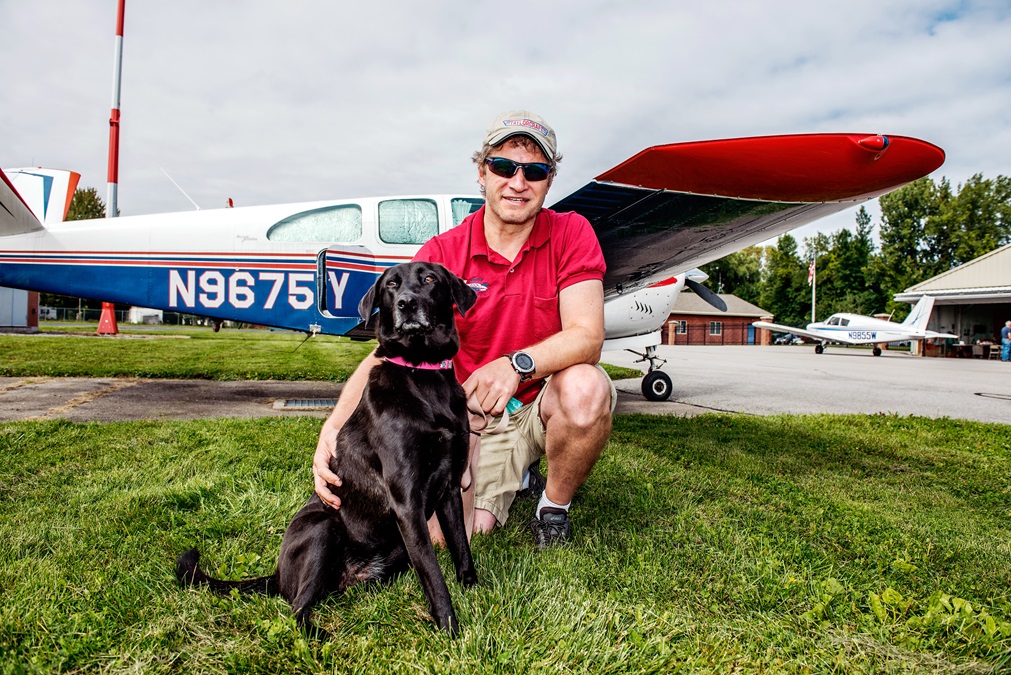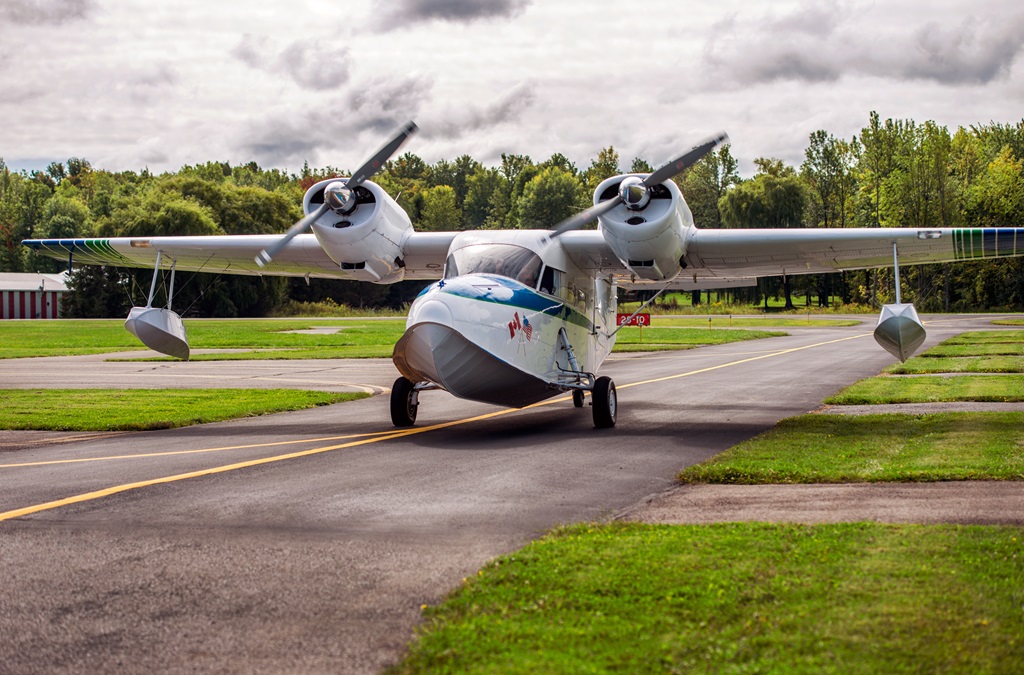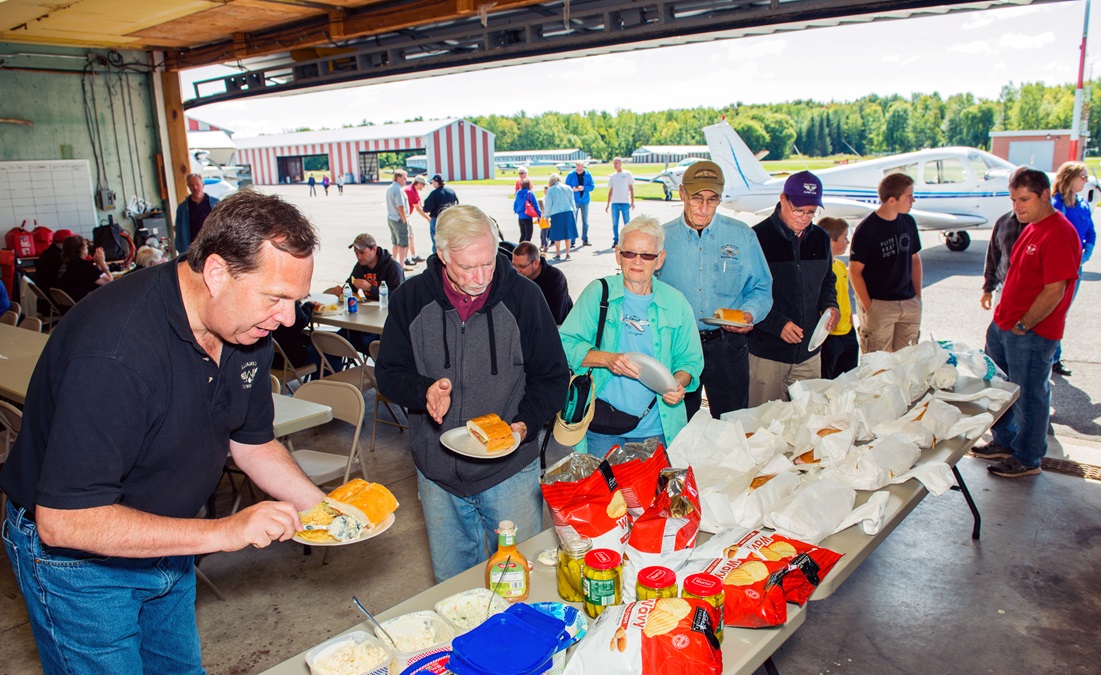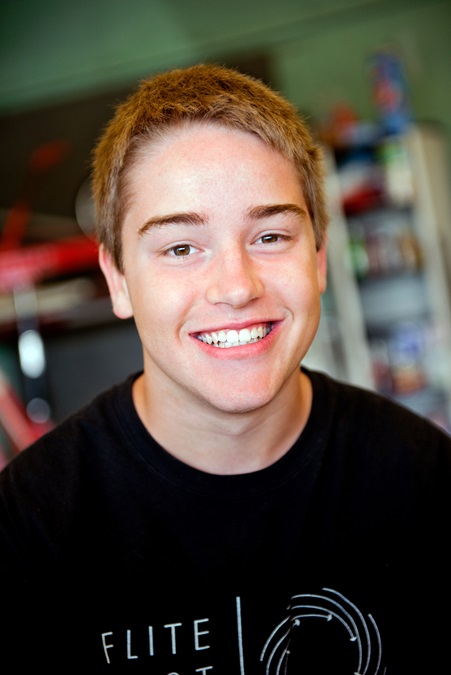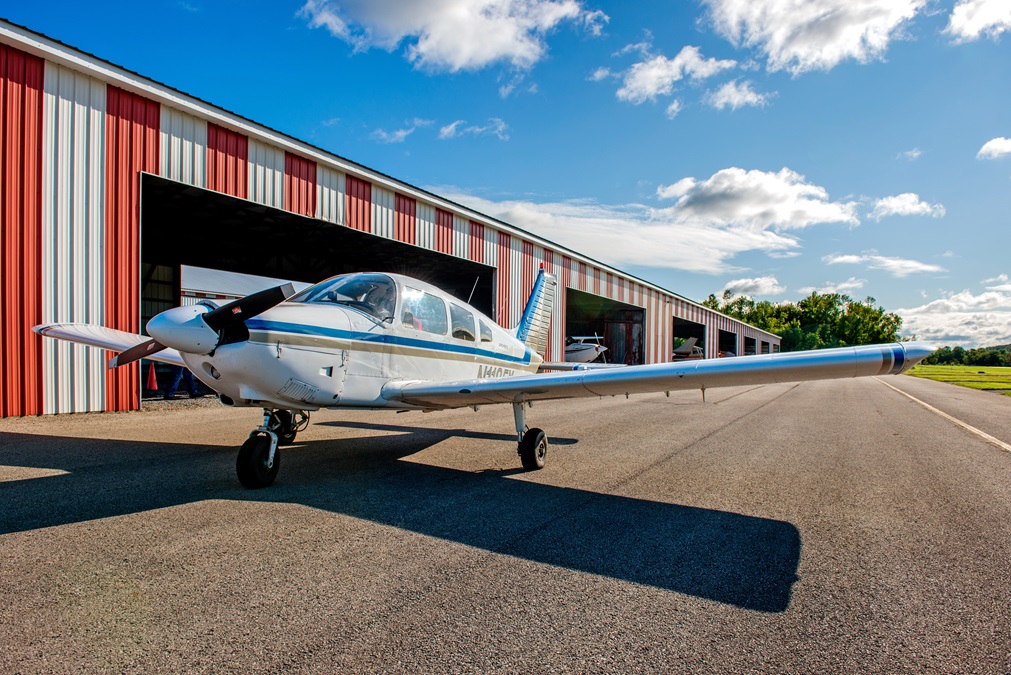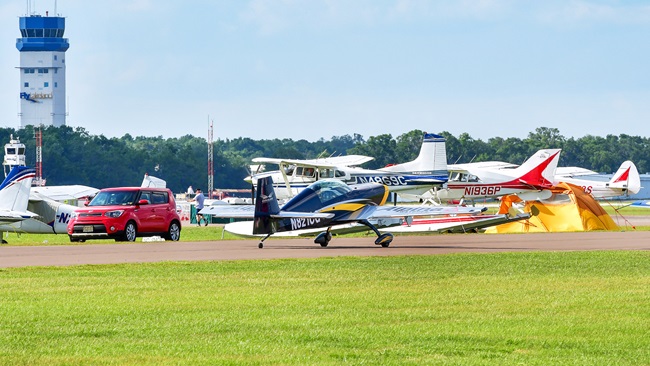Simply the best
An airport owned by a New York flying club is where everyone wants to be
These were no ramp-gawkers hanging out on a fall morning. They were members of the Williamson Flying Club, out to greet fellow member Holtz, who was here for lunch. Holtz sparred good-naturedly with club president Steve Murray.
“When is my hangar going to be ready?” he asked.
“I’m working on it,” Murray said.
The red-and-white-striped hangars at Williamson-Sodus are not quite big enough for the Widgeon or Holtz’s other twin, so he keeps his airplanes at Greater Rochester International Airport. He flies 26 nautical miles to Williamson-Sodus every weekend to buy fuel and have lunch with his friends in the flying club.
Chris Karpenko’s V-tail Bonanza taxis onto the ramp. Karpenko shuts down, opens the door, and starts offloading luggage and his dog, Alex. During the week, Karpenko works for the U.S. Postal Service in Washington, D.C., and keeps his Beechcraft Bonanza at College Park Airport within the flight restricted zone. On the weekends, he heads to Williamson-Sodus. Soon he, too, is standing in line for Saturday lunch with fellow club members, some of whom take turns minding Alex while her owner gets a sandwich.
Why would airplane owners belong to a flying club? Maybe it’s because they love the many and varied social activities the club offers. Or maybe it’s because of the fuel discount they receive. But probably it’s because they feel a sense of ownership toward this airport.
“We are the only flying club that owns and operates a public airport,” said Murray. “The club is the airport owner, the operator of the FBO—we fulfill all these roles.”
Williamson Flying Club has owned and operated Williamson-Sodus Airport since its earliest days in 1956, when it was a short, narrow grass strip on 30 acres. Back then, five charter members flew Aeroncas and L-birds from the airport, situated about four miles from Lake Ontario in Wayne County.
Jake DeGroote is one of the charter members. “When we started there was a field—a guy who did crop dusting,” he said. “He got out of it and we ended up with [the airport].”
The club and the airport have flourished in the decades since. Five members are now 227 members. Thirty acres has mushroomed to 106 acres. The original 2,000-foot, 10-foot-wide runway has been paved; in 1996 it was enlarged to 3,801 feet long and 60 feet wide. The airport has two GPS approaches and is a reliever airport for Greater Rochester International Airport. There are more than 70 based aircraft, 51 hangars with a waiting list, a self-serve fuel pump, and an independently owned maintenance shop/helicopter flight school (see “Keeping the Lights On,” p. 86).
DeGroote’s hangar is a focal point of the airport. He is here most days, restoring his 1939 Taylorcraft while also helping other club members work on their aircraft projects. An airframe and powerplant mechanic, DeGroote knows how to repair tube-and-fabric aircraft—a skill that is disappearing—and he shares that knowledge with the club.
“I’m only 82,” he said. “I’ve got another 10 years before retirement.”
Denny Angstrom wants a visitor to know: DeGroote is not the oldest actively flying member—he is. “This is the only club I’ve ever belonged to,” Angstrom said. The 81-year-old flies a Piper Comanche and an Aeronca Champ. He owns a small group of hangars that operate as a through-the-fence business on the airport. The hangars were the original candystick-painted buildings on the property, and all the other hangars built since are painted similarly.
Affordable flying
A prime directive of the club is to provide affordable flight training to its members. Operating with four aircraft, a full-time flight instructor, and a few part-time instructors, the club offers astonishingly low rental rates: $69 per hour wet for a Piper Cherokee 140; $79 per hour wet for a Piper Archer; $89 per hour wet for a Cessna 172. Instruction is $35 per hour. The club purchases fuel from itself at pump prices and makes no profit off the aircraft rental.
Mike Bjerga, returning from a flight lesson with a student, stopped in mid-run to talk about the airport. As chief flight instructor and airport manager since 2004, he swivels between roles but considers flight training a priority (see “Keep ’Em Flying,” p. 85).
Throughout the year Bjerga helps six to eight club members become private pilots, or add an instrument rating or commercial or flight instructor certificate. Some club members have gone on to regional airlines; another is a captain at a major airline. Others, like 17-year-old high school students Aron Zbick and Zach Wilkie, are student pilots with aspirations to study aeronautical science and fly professionally.
Wilkie came to the flying club after obtaining a Part 107 certificate to fly drones. A member since December 2016, he said flying powered aircraft is a lot more fun. “The places you can go with a plane are so much better,” he said.
Zbick said he doesn’t mind being a young person in a club whose members have children and even grandchildren his age. He said he learns a lot from the other pilots, who are generous not only with their knowledge but also vacant seats for fly-out events. Pilots post available seats on the club’s scheduling software, and student pilots are encouraged to ride along on these “fly-aways.”
Reasons to get together
“The social environment here is top-notch,” said Chris Houston, who joined the club after relocating to New York from Michigan. He knew he’d come to the right place when he landed at Williamson-Sodus for a visit “and all these guys came pouring out of the hangar.”
An activities committee convenes to organize movie nights, museum trips, holiday parties, leaf-peeping excursions, and other events where people can get together at the airport or away from it. A lively social calendar can be challenging when you have 170 people and 34 different opinions, said Dan Adams, a five-year member who owns a Mooney. He said the committee uses online surveys to narrow down the options.
Everyone seems to agree on the weekly lunch. “You give people a reason to get together, they will,” said Tony Alesci, also an activities committee volunteer. He coordinates the lunch, and it usually draws a crowd. They’ll pay a free-will price—usually around $5 or $7 per person.
The club tries hard to be a good neighbor, and it has a good relationship with almost everyone in the community. There’s a cluster of mobile homes that borders the airport property, but the residents are fine with helicopters taking off and landing a few hundred yards away. The neighbors get complimentary tickets to the airport’s annual pancake breakfast. If by chance someone forgets to comp them, “they’ll be at the fence looking for tickets,” said Steve Murray.
As the Saturday lunch wound down, club members whisked away tables, chairs, and trash in the community hangar, leaving it tidy and ready for the next event. Some wandered back to their hangars. Two club members climbed into a scissor lift so that they could replace light bulbs on the lampposts by the fuel farm. There will always be mowing, or painting, or cleaning club aircraft, but Williamson Flying Club has plenty of willing hands and hearts to tackle those jobs. AOPA
Email [email protected]
Photography by Fred Sanfilipo


